This morning I will visit the Salvation Army Warm Welcome space in my hometown of Kirkcaldy.
I will be joining in their Big Welcome Breakfast, which runs first thing in the morning, and which invites in all those who cannot afford to heat their own homes and want to enjoy the warmth of a well heated space.
You’ll also find the Salvation Army’s drop-in cafe in nearby Dunfermline open this morning too, offering not just tea, coffee, cake and biscuits — but lunch and food parcels for people in need.
This week is Warm Welcome Week. And all over Scotland you will find churches, libraries, sports halls and community centres nearby now offering a welcome to anyone who wants the warmth of heat and neighbourly companionship.
What’s happening in Fife is one example of 5,000 strong warm spaces movement
What’s happening with warm welcome spaces in a small corner of my county of Fife is just one example of the community hubs transforming themselves into warm spaces with 5,000 now around the United Kingdom and 200 – so far – in Scotland.
From small beginnings just over two years ago, when there were a mere 100 Warm Welcome Spaces serving several thousand people, Warm Welcome has grown to serve 120,000 guests each week and has been named Breakthrough Charity of the Year in the third sector awards.
I’ve seen mothers and children enjoy the benefits of a Warm Welcome Space allied to a café and play spaces for their kids.
I’ve seen how places of worship open, now on weekdays, to invite people in. And I’ve seen libraries, art galleries and sports centres invite people to come in for tea, and biscuits and heat and I’ve seen how by opening, once lonely individuals who felt isolated and on their own can meet new friends and find their lives transformed.
Whether under the name of Warm Hubs, Warm Welcome Centres, Warm Spaces, or just Cosy Corners, a Warm Welcome Space will soon be available not far from everyone’s doorstep.
Warm Welcome is innovative in two ways: on offer is not just physical warmth but the welcoming hand of friendship. What people seem to appreciate is not just the heat but the opportunity to meet others.
It’s an alternative to the isolation people feel that was first widely recognised during the pandemic and is now one of our biggest social challenges, causing depression, mental stress, self-harm, and even attempted suicide.
‘This crisis goes beyond politics’
This is a crisis goes far beyond politics; this is a moral issue – and it’s about our responsibilities to our neighbours and how new community spaces – made by us and for us – can help turn the tide against both poverty and isolation.
That is why Warm Welcome Spaces have now become all-year-round meeting places for people to talk, entertain each other and be entertained, and to find friendships they never had before.
Our research has found that in the last year, 84% of guests reported that attending a Warm Welcome Space increased their sense of belonging to the community, and 87% reported that attending had improved their mental health.
What started as an idea to get us through the energy crisis is now becoming a national institution.
And that’s led to a second innovation. Warm Welcome has already very deep roots in the communities in which it operates.
Too often, people living side by side in the same communities never meet, talk to each other, or are even introduced to each other. Now we have a way to connect with each other, learn from each other, and help each other.
So we don’t just ask people to come and get warm, we encourage them to get involved in the organisation.
This level of volunteer involvement that has brought the rapid-fire expansion of centres to now 5,000 and is a counterblast to those who claim that there is no such thing as society.
To find your nearest Warm Welcome Space go to warmwelcome.uk, where you can also donate to the cause – just £30 can help us support someone all through this winter
Gordon Brown is Patron of the Warm Welcome movement and former UK Prime Minister.


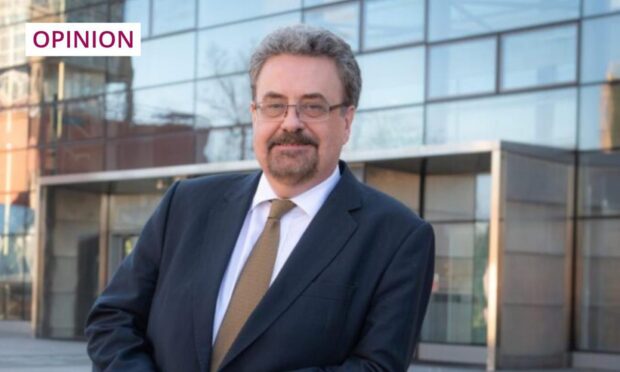

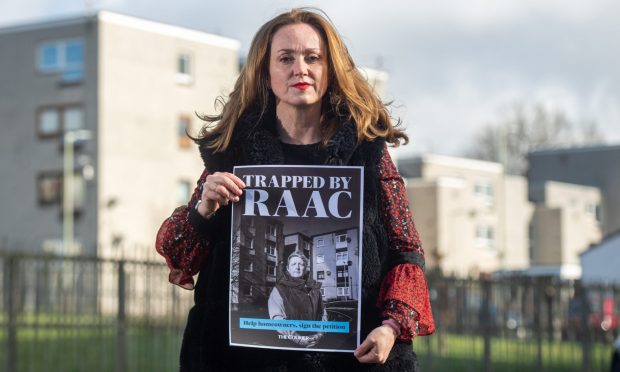
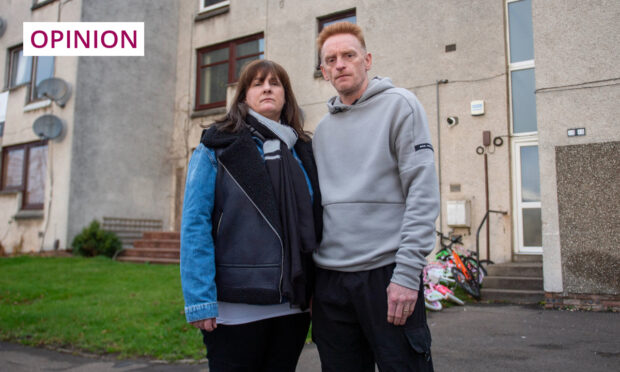
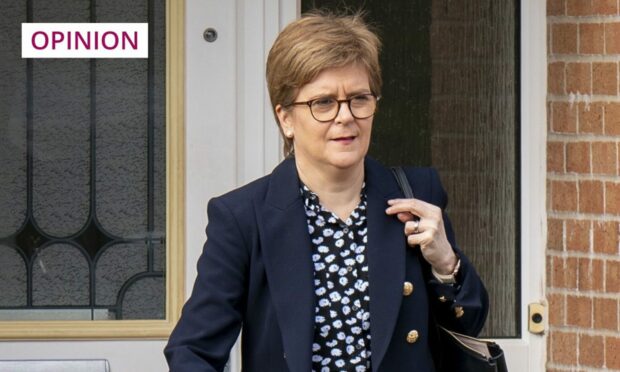
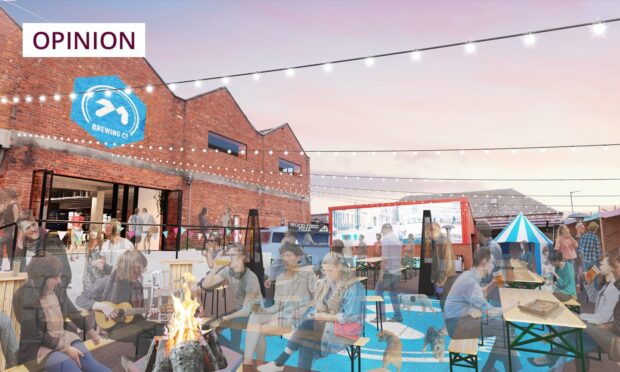

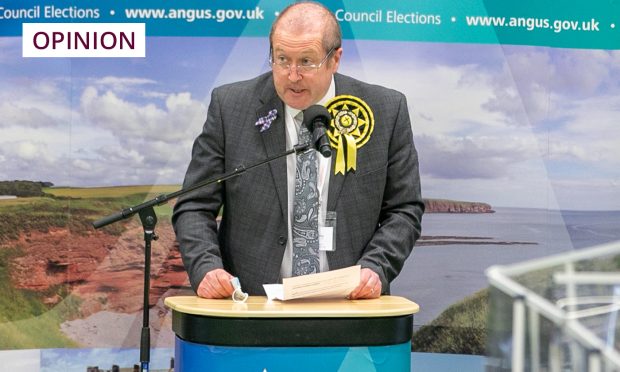

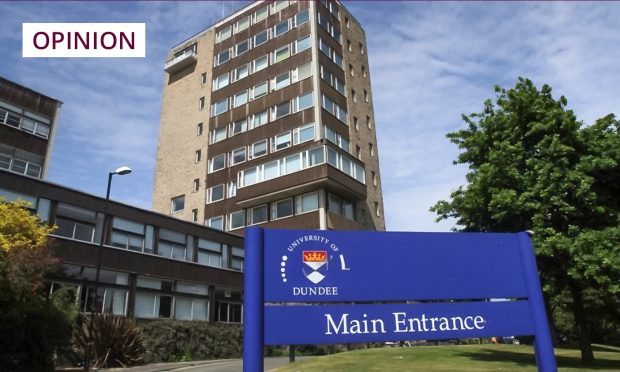
Conversation